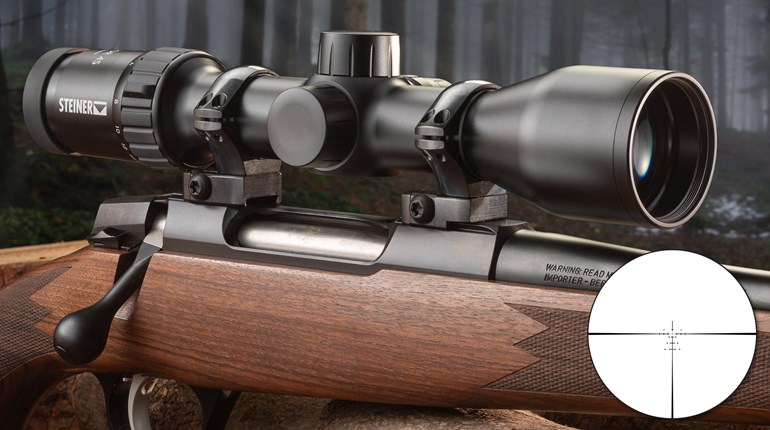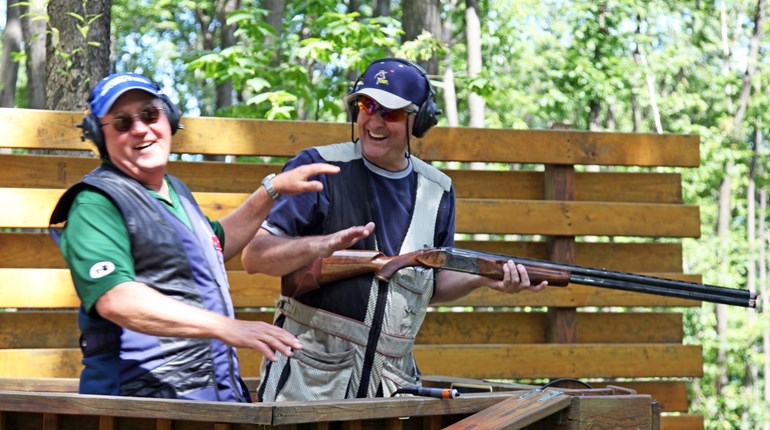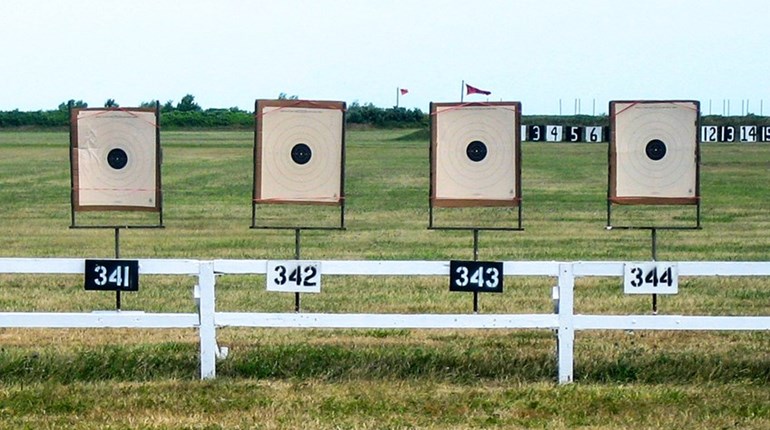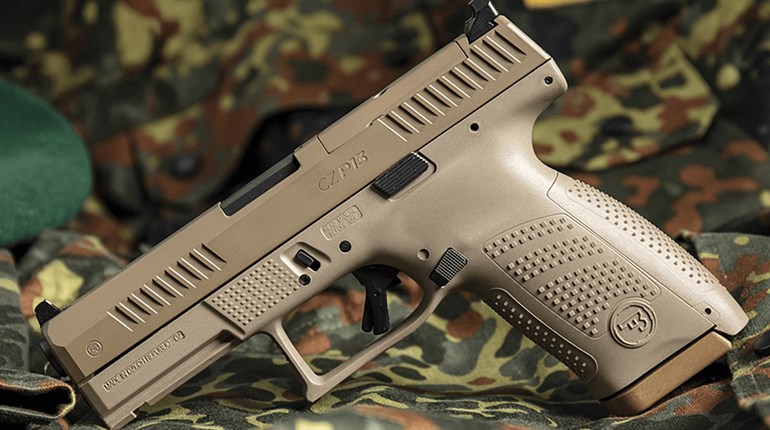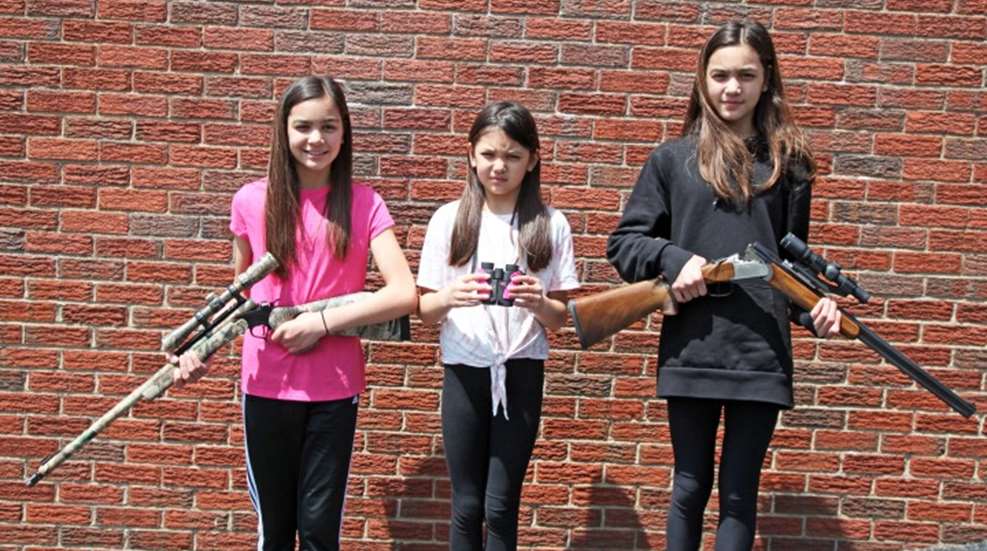
There are various makes and models of optics available which presents us with choices. This is great! On the other hand, options can create confusion. To get a better handle on what may be best for specific situations, I will begin with terminology.
1. Porro & Roof Prism Binoculars
The Porro prism variety is usually larger due to their offset of the objective or front lenses. On the other hand, the Roof prism type is more compact due to being slim from the objective lenses lining up directly with the eyepieces. These are usually a little lighter and more expensive. What is better? Look through both types and you will see what “looks” the best to you. With that, you will feel what type is ergonomically suited to your likes. Now, stick with that type and compare what is available from various manufacturers. This is important since no one needs to get tired or sore after using a binocular over time. Scouting for game can involve hours!
2. Magnification & Objective Lens
Take the binocular designated 7x35 or 10x50. That first number is the magnification/power. It represents how many times the entity being observed is enlarged than when viewed through your naked eyes. The second or largest number is the size of the objective (front) lens in millimeters. Its function is to collect light! The larger it is, the more light will reach your eye and with that, the brighter the image. On the negative size, the larger it is, the heavier and bulkier the binocular or riflescope will be.
3. Field Of View
This is the area, expressed as the number of feet per 1,000 yards, that can be viewed through the optic. Someone who does a lot of scouting or spends time watching sporting events will want a larger field of view.
4. Do Not Forget the Diopter Adjustment
What this simple adjustment does is focus each eye piece specifically to each of your eyes. With some binoculars and scopes, this is fixed. Those that have this feature come with instructions on how to make these critical adjustments. Once you’ve set up the diopter adjustment to work best for you, then simply focus with the center thumbwheel and your image at whatever distance will come into exact focus and therefore be clear.
5. Eye Relief
This is the distance your scope or binocular can be held away from the eye while presenting a full field of view. This is especially critical when mounting a riflescope. Companies usually list this distance for a handgun scope (which is usually held out at arm’s length) at around 7-25 inches, depending on the power. For a rifle or shotgun scope, that generally is 3 to 4 inches. Where we can get into trouble is when a rifle scope is mounted back too far which puts its eyepiece too close to the eye…causing the dreaded “scope bite” or “scope eye.”
One way to reduce scope eye concerns is to look at the magnification. The power of the scope is key since a 1x can be mounted further forward. As an example, a 12x has to be right at 3 inches if that was stated as per what is the minimum distance of the eye piece to the eye. If eye relief is a concern, especially when teaching kids to shoot rifles that recoil, take a look at Scout scopes. I have a Burris 2x-7x-32mm on a rifle which is mounted around 9 inches forward so, on the highest power, I have a full field of view. On another, I have a 1x Scout scope which is quick to use on close targets. When using such a scope, you will not get hit above the eye when flinching or during recoil.
For another option, to use a Scout scope on a regular rifle, have a gunsmith add an extended base forward. A friend had such a system mounted on a T/C Encore in 358 Winchester for his wife (and now he did the same on his 338 Magnum) since she had a fear of getting hit by the scope when firing.
6. Finding Your Target
At the age of 5, I gave each grandchild their own binocular. What I observed is that when they saw something they wanted to view, then looked at the binocular as they brought it up to their eyes and with that, could not find whatever. Many adults also make this same mistake with binoculars and scopes, especially if a variable is set to its highest power. The key to rapidly finding your target with optics is to continue to observe with your naked eye. Then slowly bring your optic up to your eye or eyes and without movement, you should be viewing what you had wanted.
7. Optics Coatings
On a hunt years ago with Vicki Gardner of Alpen Optics, I asked her about lens coatings. Here is a simple explanation from what she sent me covering this: “There are different degrees of coatings. Quality optics are coated to prevent glass surfaces from reflecting light and losing it. The very best optics are fully multi-coated which means that the coatings are layered fully onto all air to glass surfaces. Fully coated means that all air to glass surfaces have been coated with at least one layer of coating. Then there is simply coated, which means that some surfaces have been coated.”
After comparing various models over the years, my suggestion would be to get the best since there is a difference. Yet, with some models that difference may not be worth the higher expense. Again, it all depends on what you want it for.
8. Scopes: Fixed vs. Variable
This applies to optics for handguns, rifles and shotguns. The deciding question here is what will the firearm be used for? If you want to keep the rig small and light, a fixed power scope as a 2 or 4x is probably best. For long shots, and especially at small targets over 75 yards, I prefer a variable. With a rest, I can crank it up to 7 or 8 power (or higher) and consistently hit my target. Again, see what is available and match what you may prefer to what you will hunt. In general, I always look for high resolution optics which due to the use of quality glass, coatings etc, the image is sharp and clear. Also remember that what you purchase could be with you for many years. Good luck!














